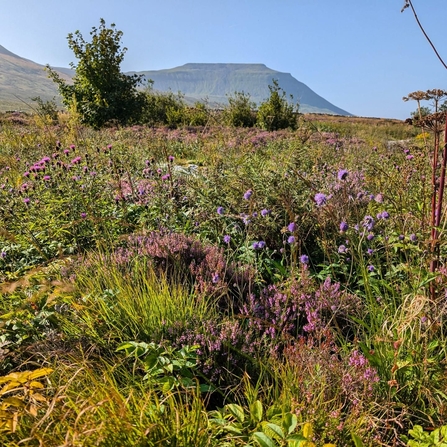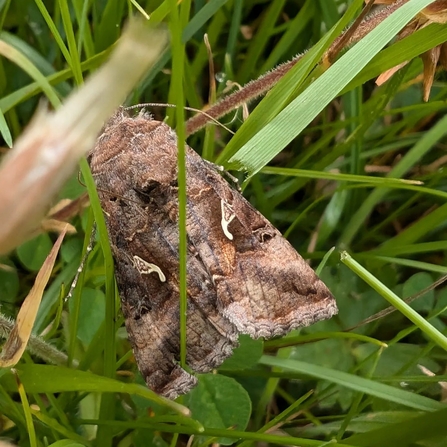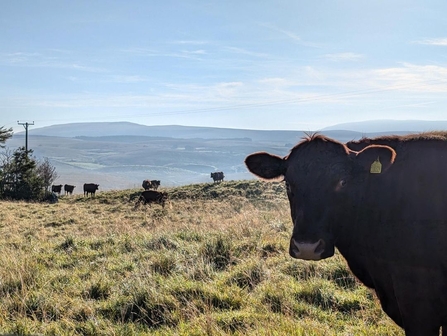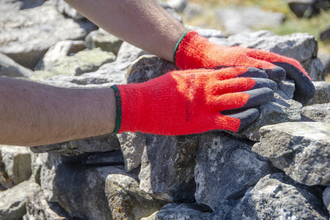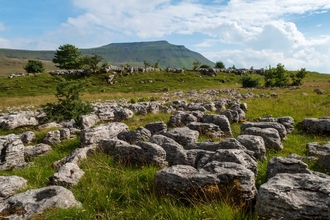When Wild Ingleborough launched in June 2021 there was a new opportunity to collaborate with Natural England, as their Ingleborough National Nature Reserve (NNR) land now joined up with Yorkshire Wildlife Trust reserves around the mountain and surrounding dales, enabling Wild Ingleborough to manage the land for nature on a landscape scale.
A key component to the Wild Ingleborough program is to focus on nature recovery - increasing tree and scrub cover, allowing for natural regeneration to occur, and to improve the biodiversity and health of the grasslands that were previously managed for farming.
The newly acquired land that was purchased used to hold sheep, and so the pasture was grazed in a way that is good for growing sheep, but poor for biodiversity and nature. Sheep are well adapted to nibbling vegetation down to a low level and can seek out the tastier and more nutritious herbs and plants that grow around the grasses with their nimble mouths. The effect of this is that less palatable species such as thistles and rushes are then able to compete more easily and more species friendly vegetation gets no chance to grow, flower, and put out seed. This reduces biodiversity and creates a very low sward height for the grasses if grazing is too heavy.
For the calcareous grasslands and upland rush pastures now in our stewardship, with such potential for biodiversity, we needed to change the way we grazed. Luckily for us, Natural England already had a solution that has proven to work natural magic on their land - conservation grazing with native breed cattle.



